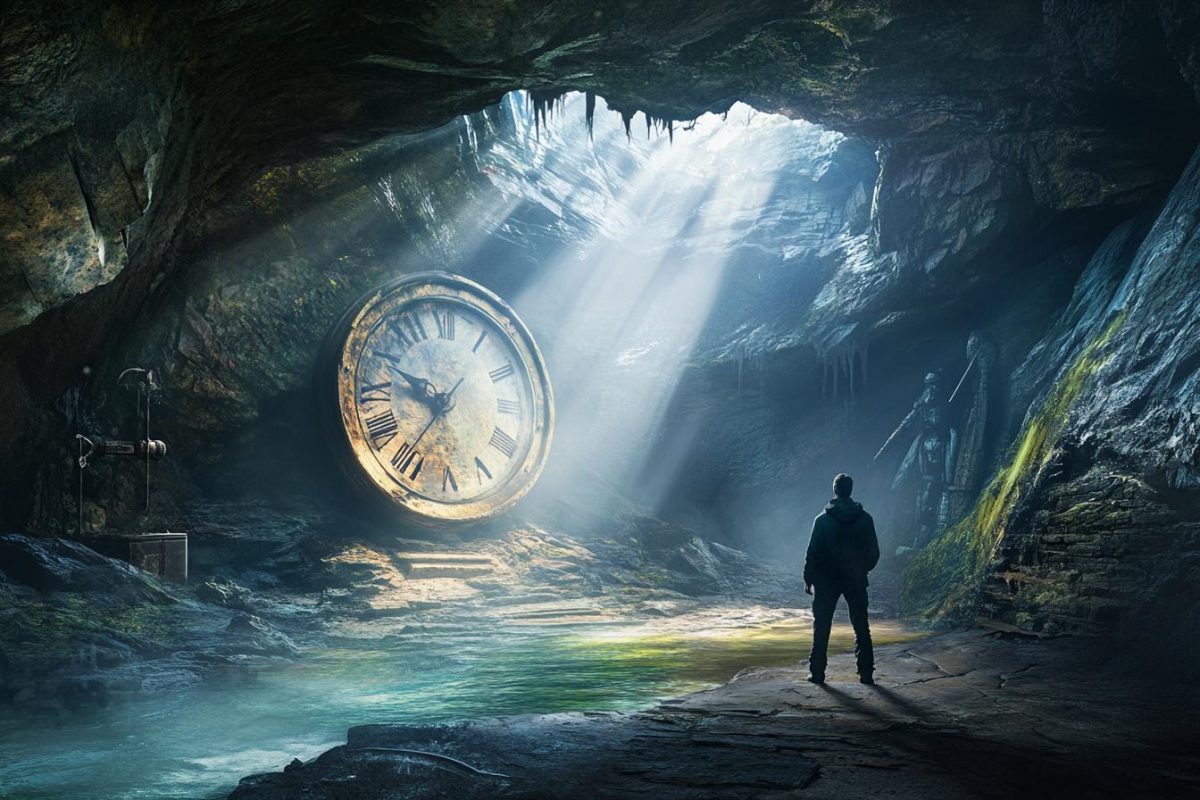
Time is supposed to be linear, but history doesn’t always play by the rules. Across the world, archaeologists and scientists have unearthed baffling discoveries that seem too advanced, too old, or too out of place to fit neatly into our accepted timeline. These findings challenge everything we thought we knew about ancient civilizations, human progress, and the very flow of time itself. Are we missing pieces to a puzzle far older and stranger than we imagined?
The London Hammer
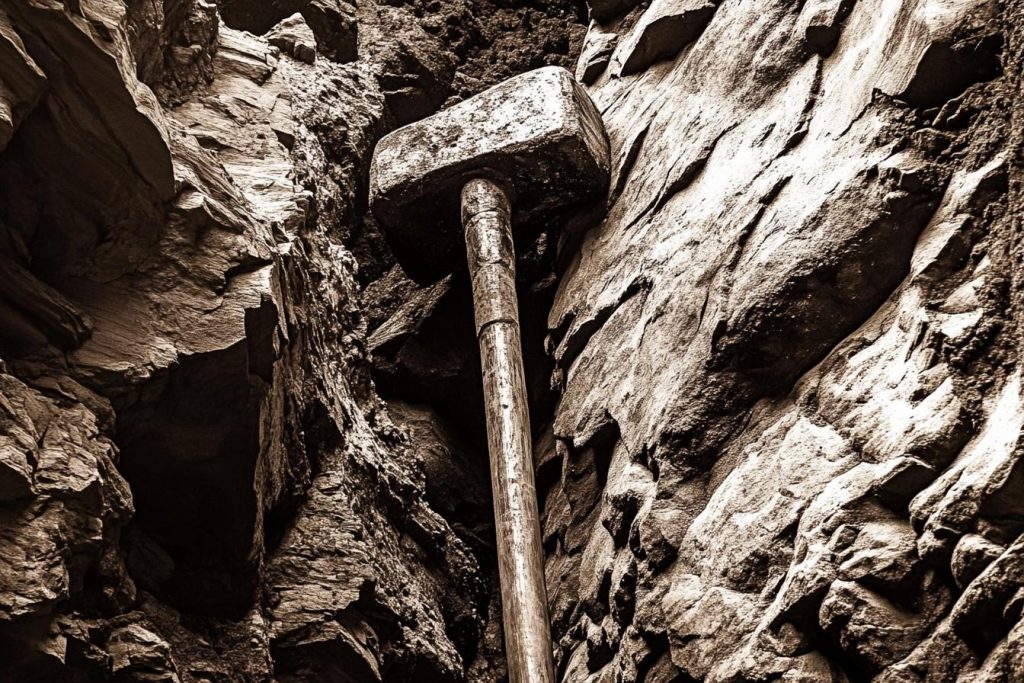
Discovered encased in ancient rock in Texas, this hammer appears to be millions of years old—yet its design is unmistakably modern. The wooden handle is partially fossilized, and the metal head shows no signs of rust. Its presence within rock strata predating humanity suggests either a hoax, an anomaly in geological formation—or something much more unsettling. Could this tool be evidence of advanced knowledge long before our records began?
The Antikythera Mechanism
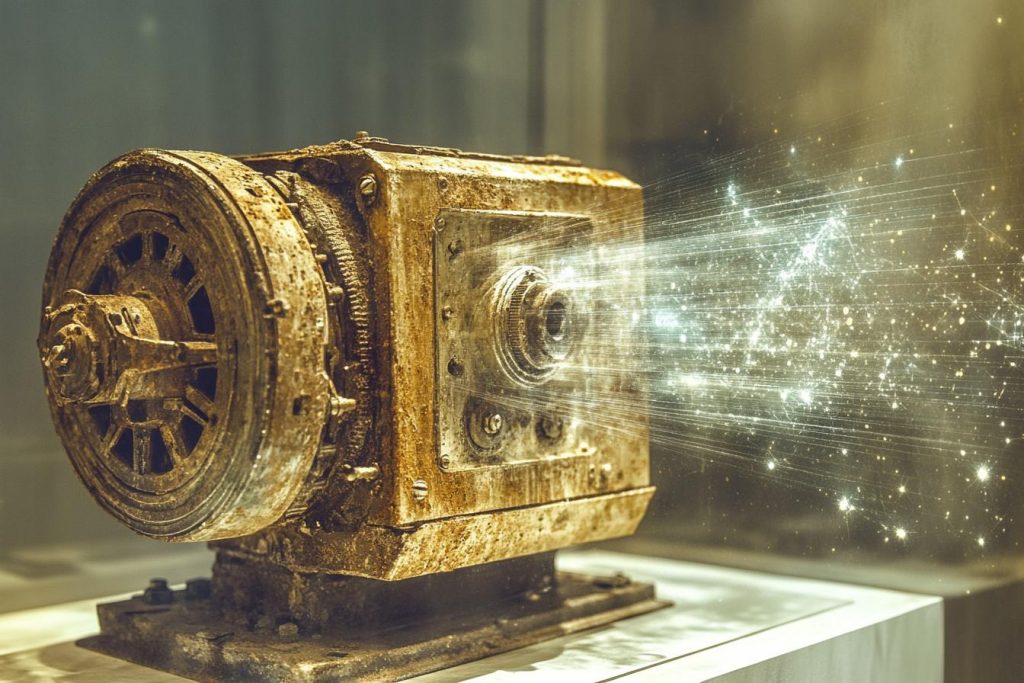
Recovered from a Roman-era shipwreck, the Antikythera Mechanism is a complex gear-based device believed to chart astronomical positions. Its sophistication rivals that of 18th-century clocks, yet it dates back over two thousand years. No other device of its kind was known to exist for over a millennium afterward. This relic raises a haunting question: what other knowledge was lost to time?
The Baghdad Battery

Discovered in Iraq, this clay jar with copper and iron components has puzzled researchers since its unveiling. Some believe it could be a primitive galvanic cell—an ancient battery. If so, this suggests people in the ancient world may have harnessed electricity thousands of years earlier than believed. The implications short-circuit everything we thought about early technology.
The Giant Handprint in Ancient Rock

A massive handprint fossilized in solid rock was found in Nevada, and its proportions are unlike any known human. Even more baffling: the rock dates back millions of years. Mainstream science cannot explain how something so human-like could be preserved in such ancient stone. Could this point to unknown species—or visitors from another time?
The Cosquer Cave Paintings Underwater
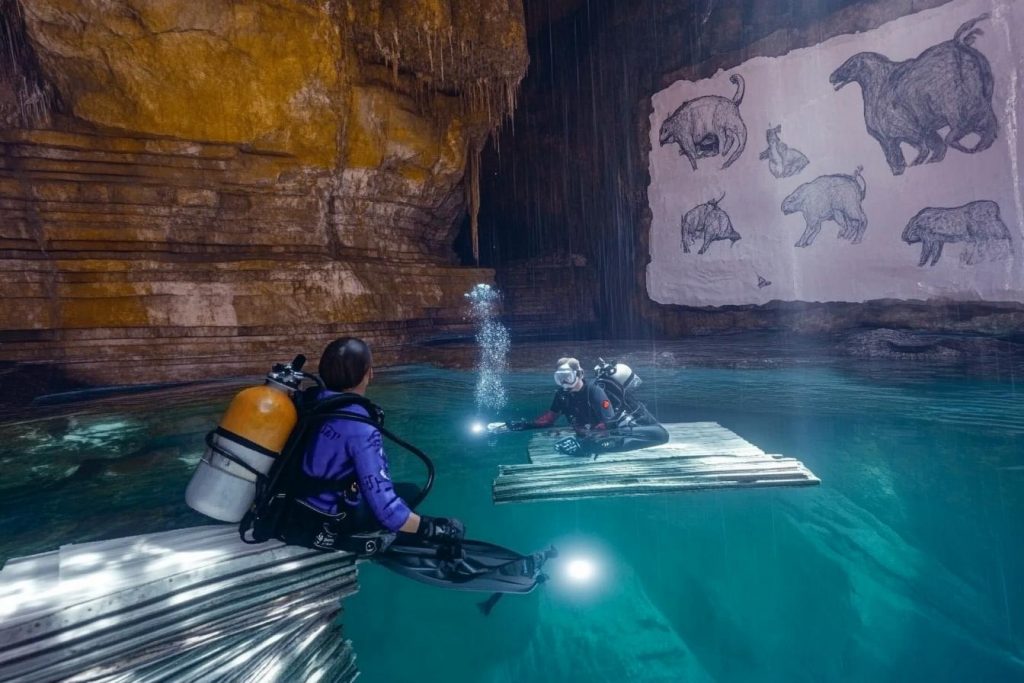
Hidden beneath the Mediterranean Sea near Marseille, the Cosquer Cave contains prehistoric cave paintings dating back more than 20,000 years. To access them, divers must pass through deep underwater tunnels, indicating the area was once dry land. This dramatically shifts our understanding of ancient coastlines and sea levels. What other submerged histories lie beneath the waves?
Footprints in the Ash at Laetoli

In Tanzania, fossilized footprints preserved in volcanic ash suggest upright human-like walking nearly 3.7 million years ago. This predates the accepted timeline for Homo sapiens by a staggering margin. These prints, attributed to Australopithecus, show surprising sophistication in gait and social behavior. Evolution’s path may be far more complex than we believed.
Gobekli Tepe’s Mysterious Age

Gobekli Tepe, located in modern-day Turkey, is a megalithic site that predates Stonehenge by thousands of years. Its intricately carved pillars and sophisticated layout suggest organized religion and architectural knowledge far earlier than previously thought. It was deliberately buried for unknown reasons, preserving it for rediscovery. Its existence completely redefines our understanding of prehistoric civilization.
The “Impossible” Shigir Idol
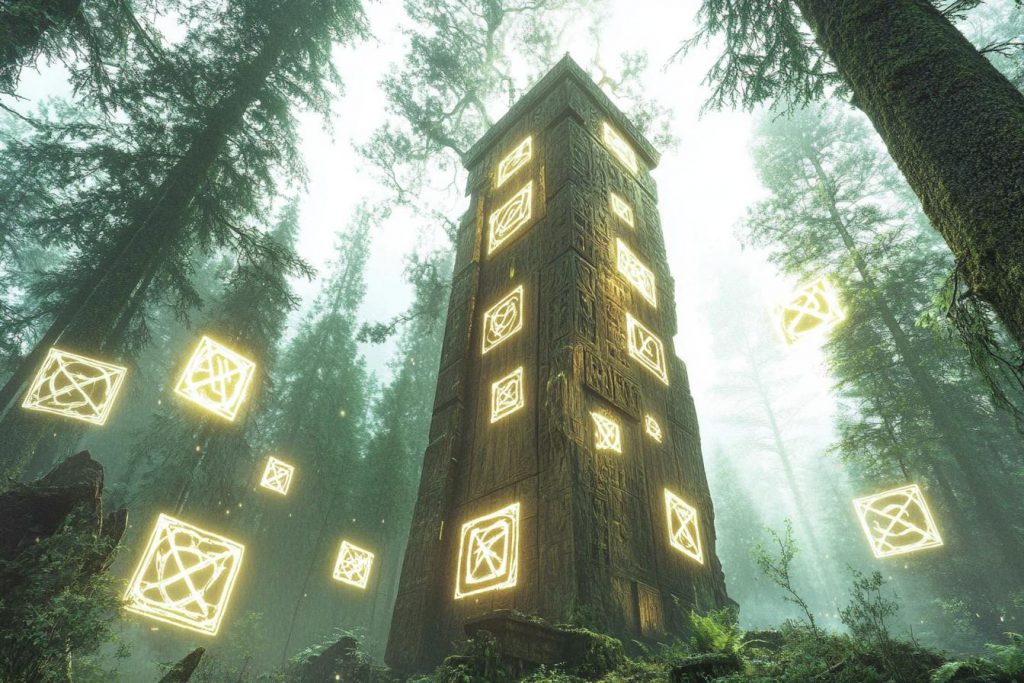
Carved from larch wood, the Shigir Idol stands over 9 feet tall and is covered in strange symbols. Radiocarbon dating puts its age at over 12,000 years old, making it the oldest known wooden sculpture on Earth. Its complexity and symbolism challenge the belief that early humans were incapable of abstract or spiritual expression. Who carved this—and why?
The Ancient Map That Shows Antarctica

The Piri Reis map, created in 1513, shows a detailed coastline of Antarctica—without its ice cover. This geographic knowledge predates both the discovery of the continent and modern ice-penetrating radar. If authentic, it suggests ancient seafarers mapped the globe with shocking accuracy. Did an advanced civilization leave behind clues we’ve only just begun to decode?
Sanskrit Texts Describing Flight

Ancient Indian texts like the Vaimanika Shastra describe flying machines called Vimanas, with intricate specifications resembling modern aircraft. While often dismissed as myth, some scholars argue the descriptions are too technical to be pure fiction. If these texts are rooted in truth, they point to technological knowledge long before the Wright brothers. Are these ancient blueprints from a forgotten golden age?
Neanderthal Jewelry and Art
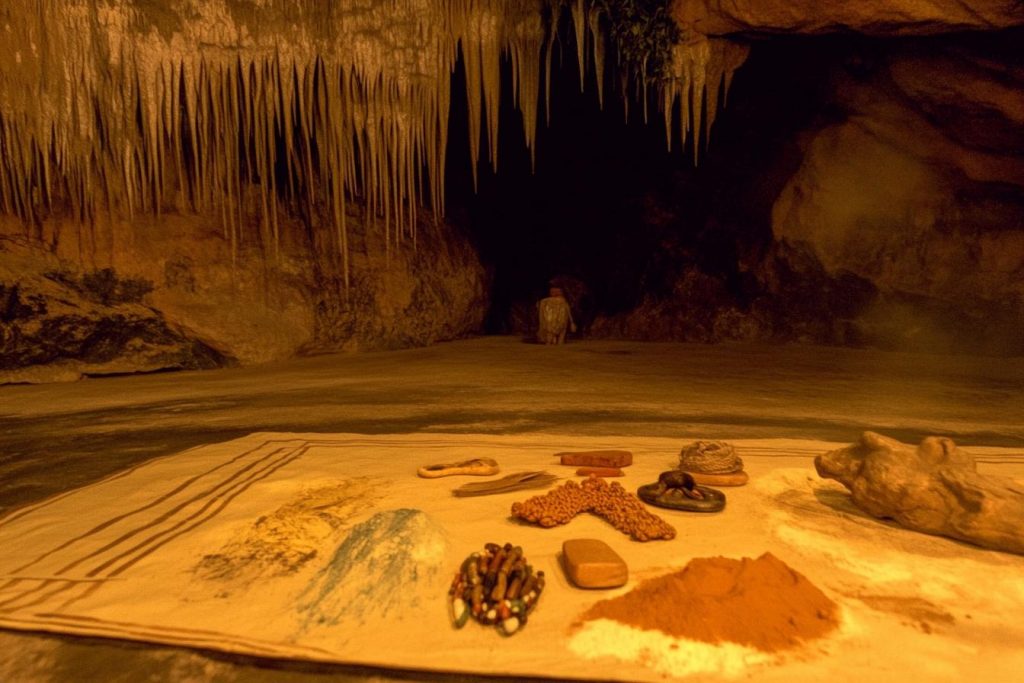
Long viewed as primitive, Neanderthals are now known to have created jewelry, painted caves, and used pigments. These creative expressions suggest abstract thought and symbolic reasoning—once believed to be exclusive to modern humans. The discovery forces a reevaluation of the human family tree. Perhaps our cousins weren’t so different after all.
The Peru “Nazca Mummies”

Discovered in Nazca, Peru, these mummified remains have elongated skulls and only three fingers per hand. While some cry hoax, others argue for an undiscovered hominid species or even a time-bending anomaly. Their DNA results remain controversial, but their morphology is undeniably strange. Are they ancient beings… or misplaced visitors?
The Copper Scroll’s Buried Treasures
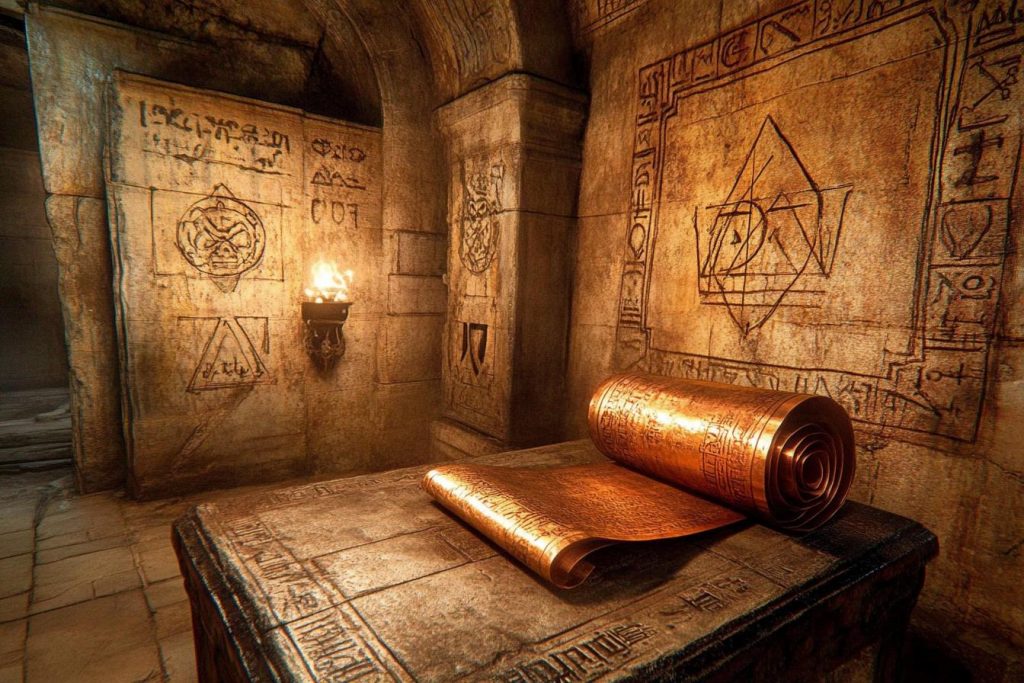
Among the Dead Sea Scrolls, one stands out: the Copper Scroll, which lists locations of immense hidden treasures. Unlike its parchment counterparts, it’s engraved in metal, possibly to withstand time. The treasures it references haven’t been found, raising questions about lost civilizations and vanished knowledge. Was this an ancient attempt to communicate with the future?
Fossilized Shoe Print in Triassic Rock
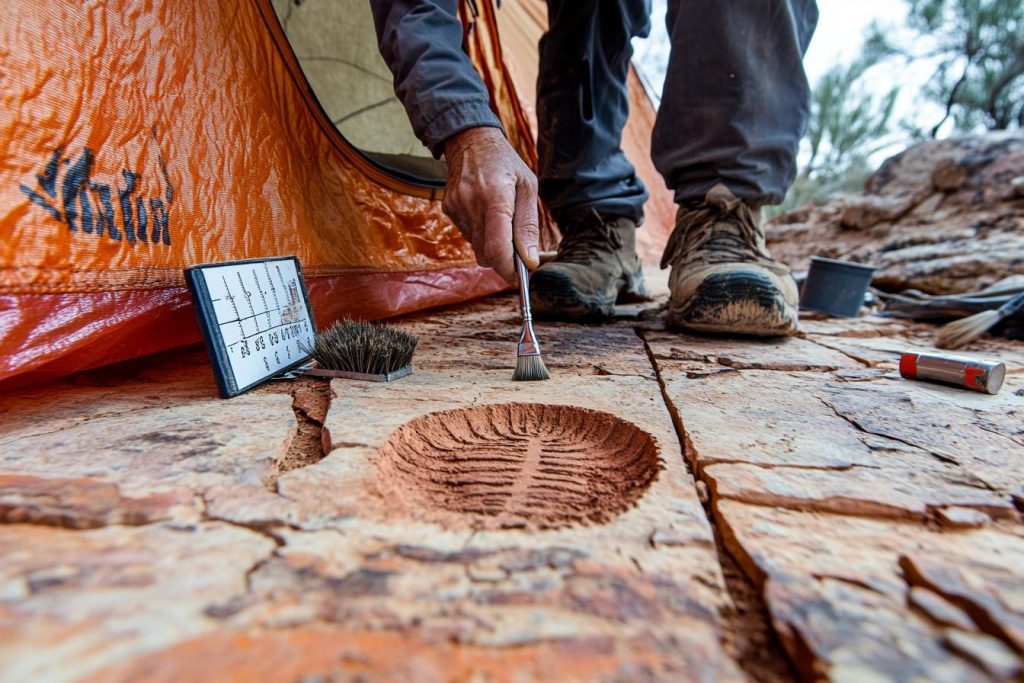
A footprint resembling a modern shoe—complete with tread—was found fossilized in rock from the Triassic period, over 200 million years ago. Skeptics dismiss it as a natural formation, but some researchers argue it resembles man-made patterns. If it’s real, it suggests time doesn’t flow quite the way we think it does. Did something—or someone—step out of place?
Time’s Illusion Isn’t Just Philosophy

Quantum experiments, like the delayed-choice quantum eraser, suggest the future can influence the past. This mind-bending discovery hints that time might not be a strict sequence of cause and effect. Instead, reality could be far more fluid and interconnected. The timeline, it seems, may not be a line at all.
When the Timeline Cracks Open

Some discoveries are so out of place, they fracture our understanding of history itself. Whether preserved in rock, hidden in ancient texts, or buried beneath the sea, these relics suggest that time is far more elastic than we’ve believed. Perhaps our timelines are just one version of events—convenient, tidy, but incomplete. The past may still hold more surprises than the future ever could.


